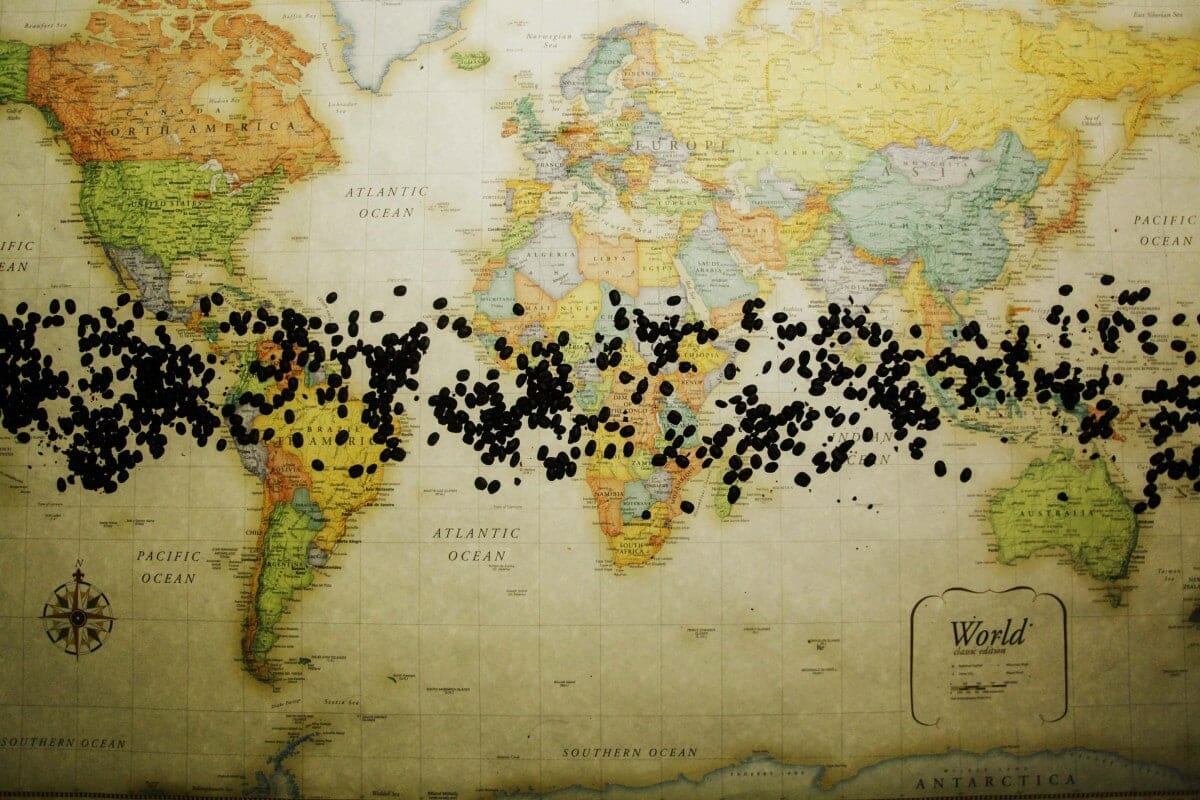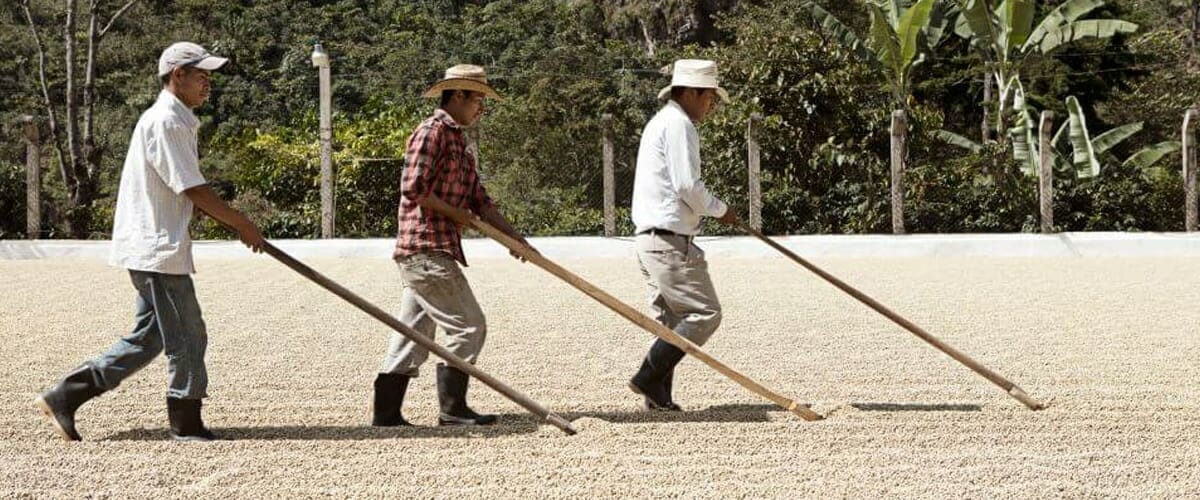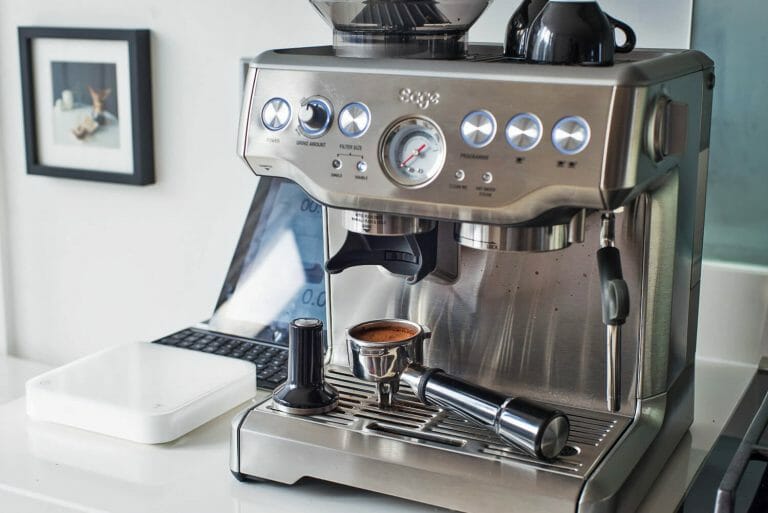How To Read A Coffee Label?

As you’re, probably aware there are tons of information, explaining to you how to make better coffee, but from what I can tell there aren’t many, if any, telling you how actually to buy it.
Today I’m, going to show you how to make informed buying decisions for those precious beanies. You may have already noticed, some roasters just lay a complete barrage of information on their label, and others tend to keep it pretty basic.But in the end, though, that information doesn’t mean anything if you don’t understand how it influences what’s in your cup.
In my opinion, there are five major pieces of information that are on most speciality coffee bags, that we should pay attention to.
Those factors being:
Favour notes, origin, altitude, varietal and processing.
With the massive shift in retail buying that 2020 has brought on more and more people are buying their coffee online, and this means they can’t just easily ask a cafe staff person to help them pick out a copy, so understanding the subtleties based on what you read on the label is hugely important. It can definitely save you from having some coffee buyers remorse.
I’ve covered flavour notes at some length in a previous article, but I think the broad thing to understand is that they can be a bit misleading, but it’s, not intentional.

Let’s take, for example, the note of mandarin orange.
Many of us know what a mandarin orange tastes like, but will sipping on this coffee tastes like biting into a mandarin orange or chewing on a slice of mandarin orange?
No, not likely, but it’s not impossible.
Maybe that mandarin orange note is more of an acidity description where you get that sweet citric bite on the tip of your tongue, or maybe it’s just an aftertaste, regardless of where these notes fall or if they even fall at all.
They should be taken in a more general sense.
Roasters love to pick out unique and specific flavour notes in our coffee, but those are done under very particular and careful tasting practices.
But as a consumer, you should be able to look at the notes on the bag and understand them in a broader sense, and when you take it home, you should be able to taste something in that realm now.
This seems like the most obvious of all the sections, but it’s a bit more complicated than what meets the eye.
In my early coffee experience days, I used to think you could narrow down an entire region to a specific flavour profile. Still, as time went on and on, and I tried more copies, it became obvious that that wasn’t the case with current advancements.
In farming and processing, which I’ll talk about more in a bit, the lines are definitely much more blurry. Still, there is no denying that things as specific as the soil type in a specific region of the world can have a major effect on the coffee that’s grown there like wine.

Coffee is a terroir-based experience, that’s just fancy talk. Terroir is a characteristic taste and flavour imparted into something by the environment where it’s produced.
Of course, some origins are known for fruitier, flavours and others are known for chocolatey flavours, but in the end, you’re, going to have to make a little bit of trial and error to find those origins.
You prefer – and this is where those flavour notes on the bag really come in handy as a helpful guide. The altitude where a specific coffee is grown is, an often overlooked and little understood factor for most coffee buyers.
The fact is, higher elevations create the most sought-after coffees in the world.
The cooler temperatures at higher elevations slow down the trees’ production cycle, which in turn allows its beans to mature for longer that imparts more complex sugars into each bean, creating a deeper and more complex flavour.
But that’s not to say that lower elevation, coffees, aren’t good or even sought after they tend to taper off those complex flavours and lean more into the mellow like chocolate and nutty.
So in the end, it comes down to personal preferences. The best way to look at coffee varietals is the same way. We look at apples. Apples come in many different varieties. You can get a Honeycrisp, a red, delicious and fuji, and even though they may look slightly different, they all tend to taste relatively similar.
But, depending on your experience, you may be able to taste the difference.
How do you like them?
Coffee is the same way. Certain origins and regions have particular coffees that grow there. Even though they are related, depending on your experience, they can taste slightly different, but, generally speaking, the differences between them can be very subtle. There are often more than one in most coffee bags, which is why varietal is one piece of information that I rarely consider when choosing to buy a coffee.

The way your coffee is processed has a huge impact on the flavour of your coffee.
So it’s something that’s. Definitely worth understanding.
Basically, the processing is what happens to the coffee, cherry and coffee bean.
After they’ve been picked and sorted, there are three popular forms of processing: washed natural and honey.
The first and most popular form of processing is called, wash or otherwise known as wet processing.
This method quickly removes the fruit from the bean through a de-pulping and washing process from there.
It is dried carefully on raised beds or patios. This process is known to create copies with cleaner, clearer flavours and has a brighter acidity.
The second most popular process is called natural, otherwise known as dry processing.
Once the coffee is picked and sorted, the bean is left inside the intact cherry and dried carefully.
To avoid mould and over fermentation, this allows sugars from the fruit to be imparted into the bean itself and then, after a varying amount of time, the fruit is then removed from the bean.
This process is known to create copies with those intense deep fruits flavours like strawberry and blueberry. Still, they’ve also been described as fermented and wine, like, obviously it’s, not really delicious, like hot chocolate or coke, but for wine.
The third process is known as honey, otherwise known as semi-washed.
The name can definitely be a bit misleading, and it has nothing to do with honey, but this process splits the difference between washed and natural.
After picking and sorting, only a certain amount of the fruit flesh is left behind, and this is called mucilage.
Those beans with the most mucilage are called black honey, followed by red, yellow and the least amount being called white honey.
They are then left to dry where they become sticky like honey until the time comes for them to be washed fully.
This process generally creates a best of both worlds experience in the cup, where you get some of that dense fruit and “fermentedness” from the natural process, with some of that clean crispness of the wash process.
So as a coffee drinker, whether you’re casual, an emerging enthusiast or a full-on pro being able to fully understand and articulate your coffee preferences based solely on the label is a great skill to have, especially in this new age of e-commerce dominance.
I hope you enjoyed this article, and if possible please share it with a friend as i find it fairly hard to grow my little blog here 🙂






